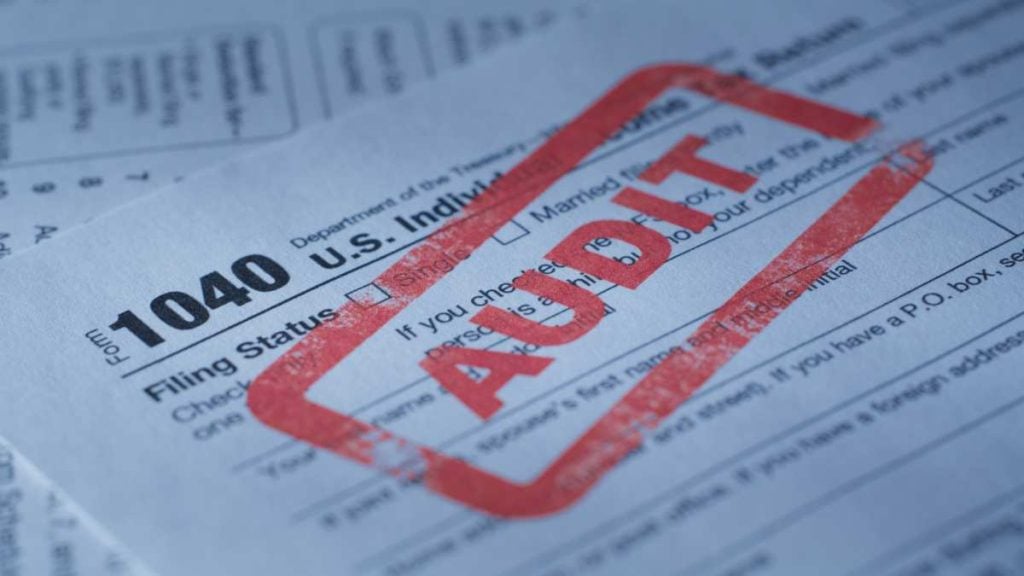The Internal Revenue Service (IRS) applies super tough penalties to those taxpayers who missed deadlines to file tax returns or make payments. These measures seek to guarantee compliance with tax obligations and avoid delays that affect federal collection. Fines are calculated cumulatively and can significantly increase debt if not resolved in a timely manner.
Those who do not file their tax return within the established deadline face a penalty of 5% per month on the amount owed, with a maximum of 25%. If the delay exceeds 60 days, a minimum penalty of $510 applies for returns due after tax day, or 100% of the tax due, whichever is less. This rule excludes cases with reasonable cause, such as natural disasters or errors attributable to the IRS. As of 2025, the “tax day”, which is the deadline, was on April 15.
Not paying on time? The IRS fines taxpayers who don’t follow the rules
The penalty for failure to file is reduced if the taxpayer also incurs the penalty for failure to pay in the same month. For example, instead of applying a full 5%, it is adjusted to 4.5% to avoid duplication. Those who demonstrate justified delays can request relief through documentation that supports their situation, according to the Penalty Relief for Reasonable Cause criteria.
If the declaration is submitted on time but the payment is late, the fine is 0.5% per month on the outstanding balance, up to 25%. This rate decreases to 0.25% if the taxpayer establishes an approved payment plan. In cases where the IRS notifies a tax foreclosure and there is no response within 10 days, the penalty increases to 1% per month.
And unpaid fines also increase: the IRS has no mercy for violators
In addition to penalties, the IRS charges daily interest on unpaid taxes and penalties, based on the federal short-term rate plus 3%. This interest has no limit and accumulates until the debt is paid off. Taxpayers can access First-Time Penalty Abatement if they have not had penalties in the last three years, or request an extension of time using Form 4868.
The agency considers the possibility of reducing or eliminating fines in exceptional situations, such as natural disasters or medical emergencies. For example, a taxpayer with a debt of $10,000 who files his return three months after the established deadline could face a penalty of $1,500 for late filing and another $150 for non-payment, in addition to interest. To avoid these charges, it is advisable to pay at least 90% of the tax before the deadline.
Combined penalties can exceed 47.5% of the original amount in extreme cases. The IRS can also issue tax liens or garnishments if the debt persists. Experts suggest using tools such as the Online Payment Agreement Application to negotiate deadlines and avoid legal action. See Failure to File Penalty and Failure to Pay Penalty provides additional details.
